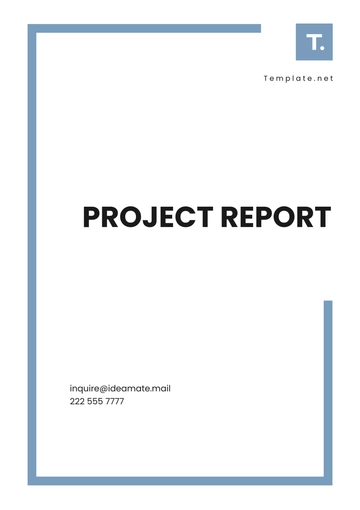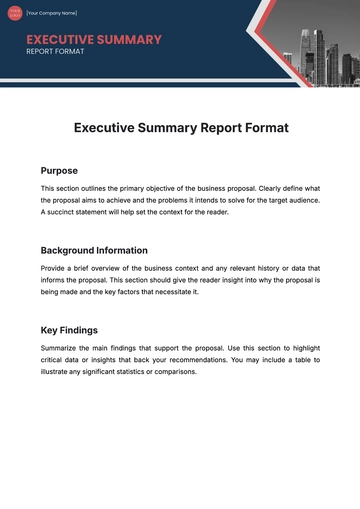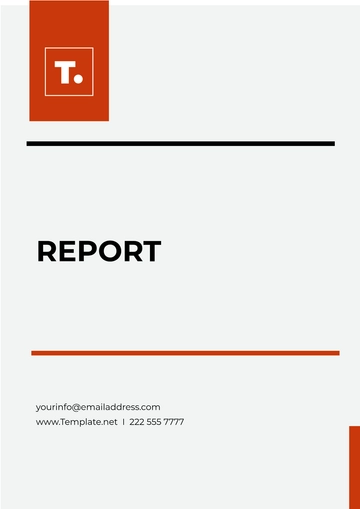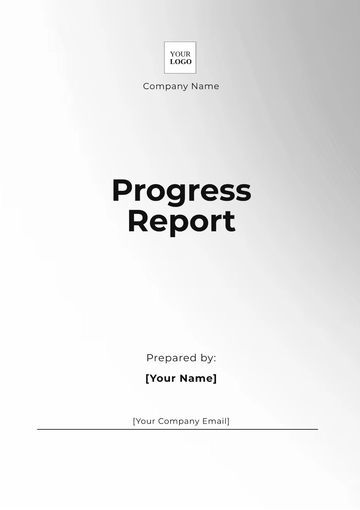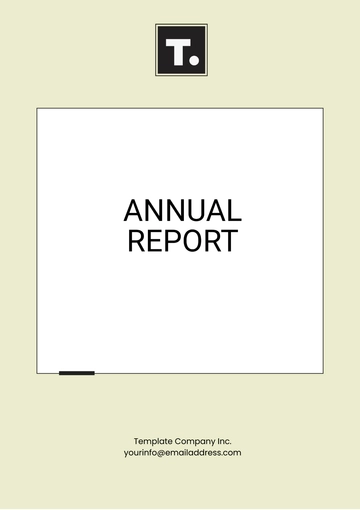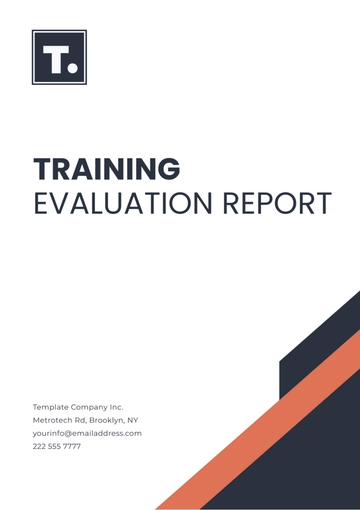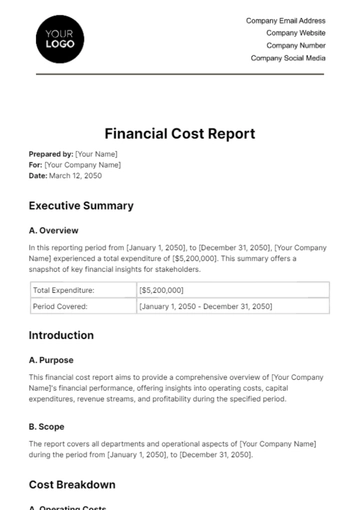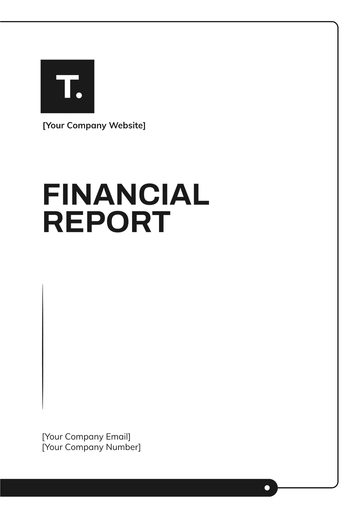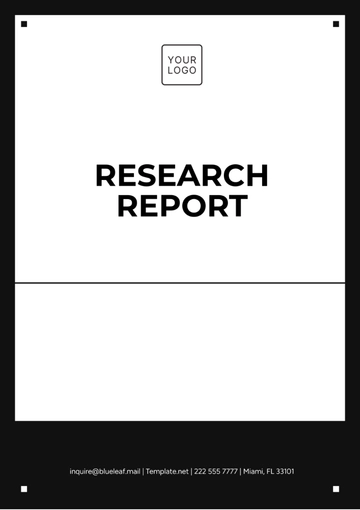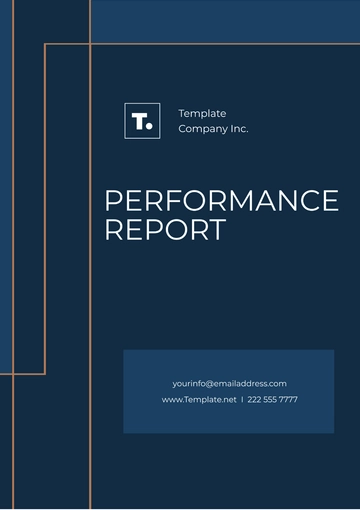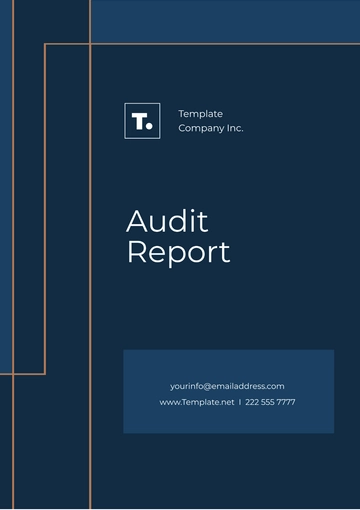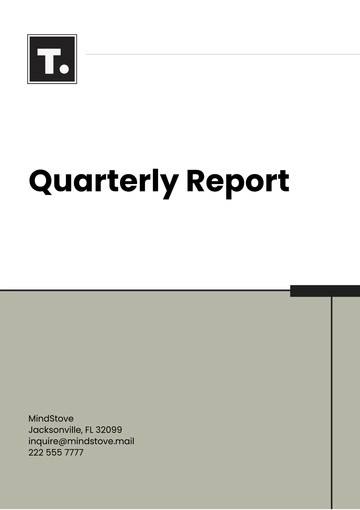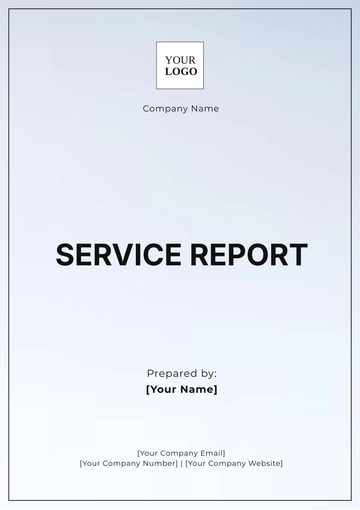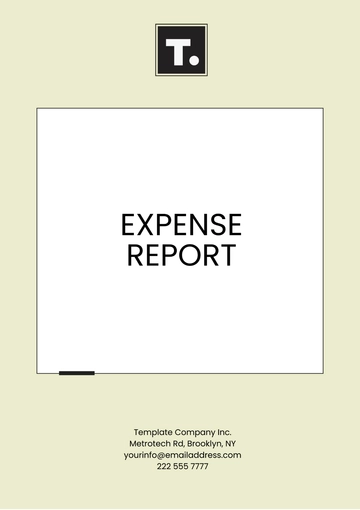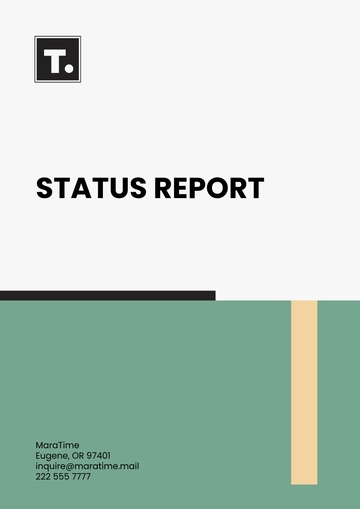Free Environmental Management Report
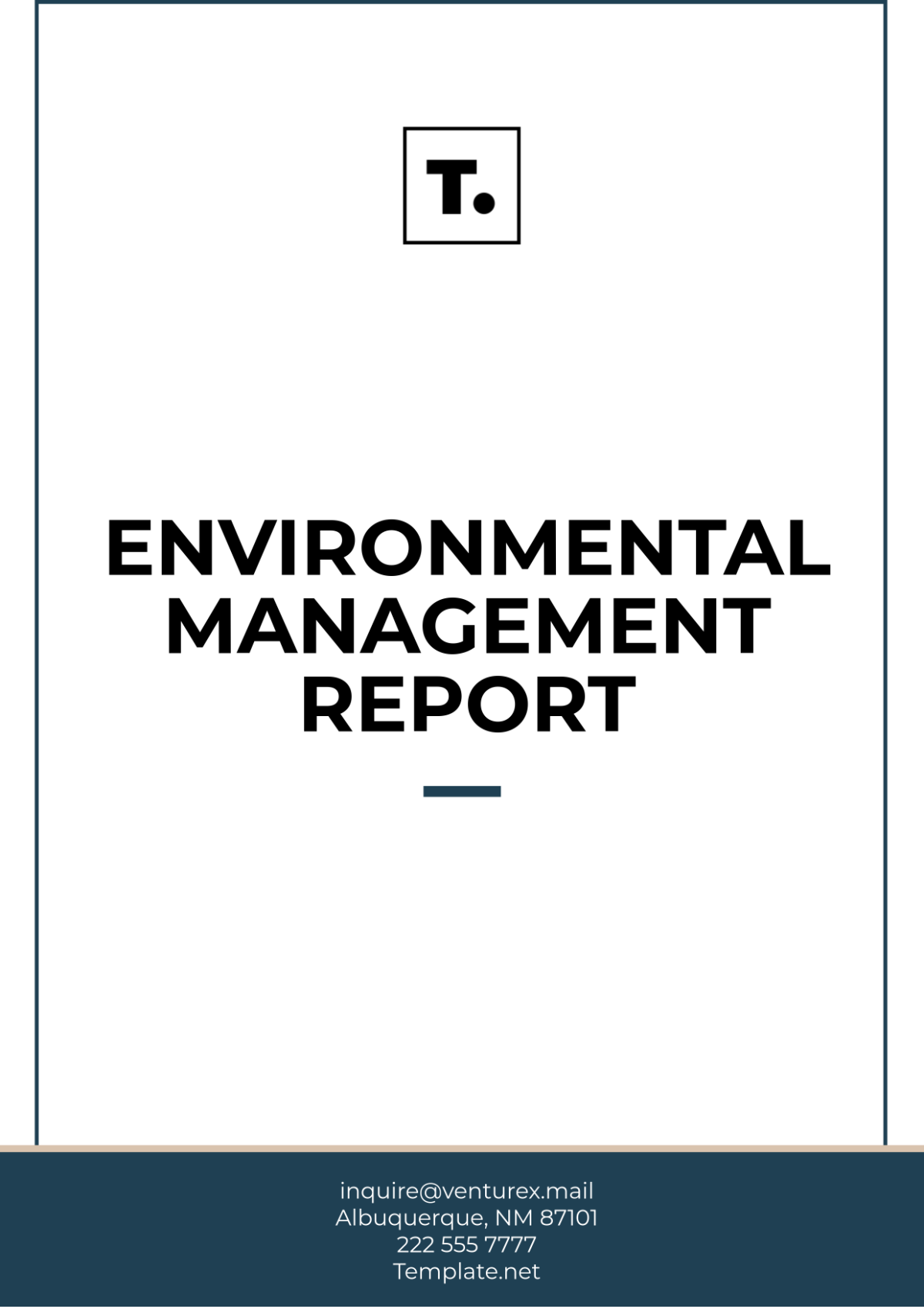
Prepared by: [Your Name]
Date: October 30, 2050
I. Executive Summary
The purpose of this Environmental Management Report is to assess the current environmental impact of our operations at [Your Company Name] and outline strategies for enhancing our sustainability efforts. This report serves as a comprehensive review of our environmental policies, practices, and performance over the past year, with an emphasis on identifying areas for improvement and setting future objectives.
II. Environmental Policy Overview
[Your Company Name] is committed to minimizing its environmental impact through proactive management and sustainable practices. Our environmental policy emphasizes:
Compliance with all applicable environmental laws and regulations
Continuous improvement in our environmental performance
Promoting sustainable practices among employees and stakeholders
Objectives of the Environmental Policy
Objective | Description |
|---|---|
Pollution Reduction | Minimize waste and emissions generated from operations. |
Resource Efficiency | Improve efficiency in the use of energy and raw materials. |
Community Engagement | Collaborate with local communities on environmental initiatives. |
III. Current Environmental Performance
Our current environmental performance is evaluated based on key performance indicators (KPIs) related to energy consumption, waste management, and water usage.
Energy Consumption
In the past year, [Your Company Name] has taken significant steps to reduce energy consumption across all facilities. Below are the energy consumption metrics for the previous year:
Facility | Energy Consumption (kWh) | % Change from Previous Year |
|---|---|---|
Headquarters | 500,000 | -10% |
Manufacturing Plant | 1,200,000 | -8% |
Distribution Center | 300,000 | -5% |
Waste Management
Our waste management practices have been instrumental in reducing landfill contributions. The table below illustrates our waste disposal methods and their effectiveness:
Waste Type | Total Generated (tons) | Recycled (tons) | Landfilled (tons) | % Recycled |
|---|---|---|---|---|
General Waste | 1,000 | 400 | 600 | 40% |
Hazardous Waste | 200 | 150 | 50 | 75% |
Electronic Waste | 50 | 30 | 20 | 60% |
IV. Areas for Improvement
While we have made progress, there are areas where [Your Company Name] can enhance its environmental management efforts:
Energy Efficiency: Further investment in renewable energy sources is necessary to meet our sustainability goals.
Waste Reduction: Increasing our recycling rates and exploring options for composting organic waste should be prioritized.
Employee Engagement: Enhancing training programs to raise awareness of sustainable practices among employees can lead to greater participation in our initiatives.
V. Future Goals and Action Plan
To drive continuous improvement in our environmental management practices, [Your Company Name] has established the following goals for the upcoming year:
Achieve a 15% reduction in overall energy consumption
Increase the recycling rate to 50% for all waste types
Launch a sustainability training program for all employees
Action Plan
Action Item | Responsible Department | Timeline |
|---|---|---|
Conduct energy audits | Operations | Q1 2051 |
Develop waste reduction strategies | Sustainability | Q2 2051 |
Implement employee training | Human Resources | Q3 2051 |
VI. Conclusion
In conclusion, [Your Company Name] is committed to fostering an environmentally responsible culture within our organization. By focusing on continuous improvement and actively engaging with our stakeholders, we aim to minimize our environmental impact and contribute positively to the communities we serve.
For any inquiries or further information, please feel free to reach out to [Your Name] at [Your Email] or contact [Your Company Name] at [Your Company Email].
This report serves as a foundation for our ongoing commitment to sustainability, and we look forward to making significant strides in the years to come.
- 100% Customizable, free editor
- Access 1 Million+ Templates, photo’s & graphics
- Download or share as a template
- Click and replace photos, graphics, text, backgrounds
- Resize, crop, AI write & more
- Access advanced editor
Improve your sustainability efforts with the Environmental Management Report Template, offered by Template.net. This customizable and editable template provides a structured format for documenting environmental performance, compliance metrics, and sustainability initiatives. Easily downloadable and printable, it can be tailored to meet specific environmental management needs using our AI Editor Tool. Enhance your reporting today!
You may also like
- Sales Report
- Daily Report
- Project Report
- Business Report
- Weekly Report
- Incident Report
- Annual Report
- Report Layout
- Report Design
- Progress Report
- Marketing Report
- Company Report
- Monthly Report
- Audit Report
- Status Report
- School Report
- Reports Hr
- Management Report
- Project Status Report
- Handover Report
- Health And Safety Report
- Restaurant Report
- Construction Report
- Research Report
- Evaluation Report
- Investigation Report
- Employee Report
- Advertising Report
- Weekly Status Report
- Project Management Report
- Finance Report
- Service Report
- Technical Report
- Meeting Report
- Quarterly Report
- Inspection Report
- Medical Report
- Test Report
- Summary Report
- Inventory Report
- Valuation Report
- Operations Report
- Payroll Report
- Training Report
- Job Report
- Case Report
- Performance Report
- Board Report
- Internal Audit Report
- Student Report
- Monthly Management Report
- Small Business Report
- Accident Report
- Call Center Report
- Activity Report
- IT and Software Report
- Internship Report
- Visit Report
- Product Report
- Book Report
- Property Report
- Recruitment Report
- University Report
- Event Report
- SEO Report
- Conference Report
- Narrative Report
- Nursing Home Report
- Preschool Report
- Call Report
- Customer Report
- Employee Incident Report
- Accomplishment Report
- Social Media Report
- Work From Home Report
- Security Report
- Damage Report
- Quality Report
- Internal Report
- Nurse Report
- Real Estate Report
- Hotel Report
- Equipment Report
- Credit Report
- Field Report
- Non Profit Report
- Maintenance Report
- News Report
- Survey Report
- Executive Report
- Law Firm Report
- Advertising Agency Report
- Interior Design Report
- Travel Agency Report
- Stock Report
- Salon Report
- Bug Report
- Workplace Report
- Action Report
- Investor Report
- Cleaning Services Report
- Consulting Report
- Freelancer Report
- Site Visit Report
- Trip Report
- Classroom Observation Report
- Vehicle Report
- Final Report
- Software Report


